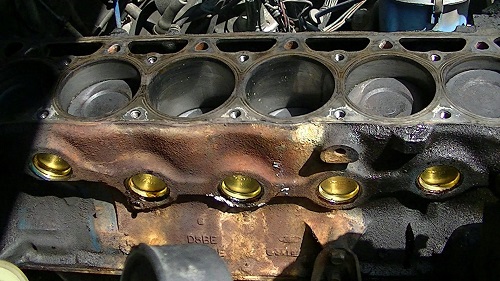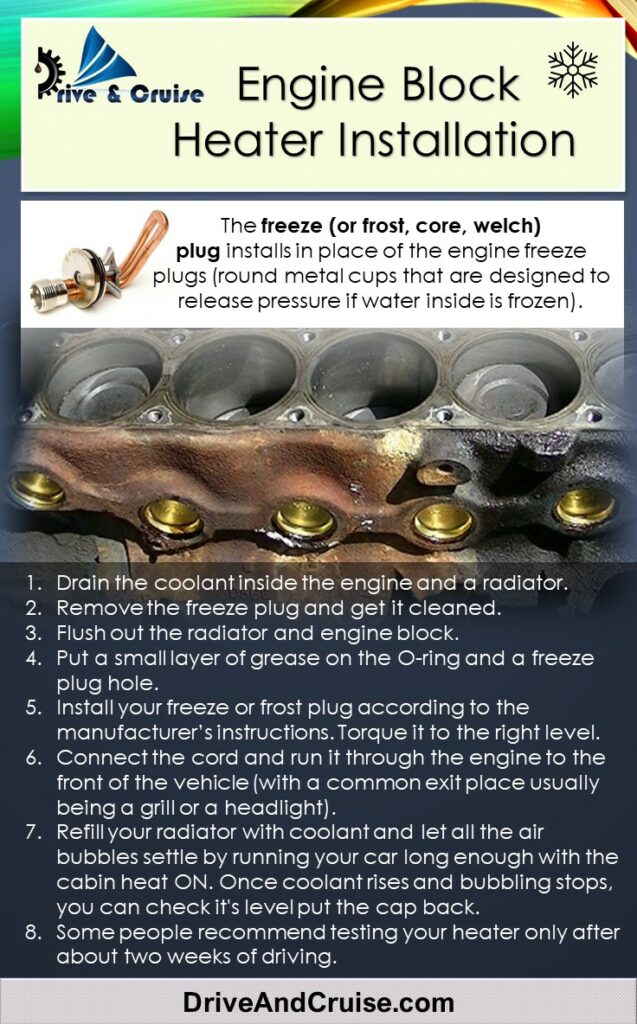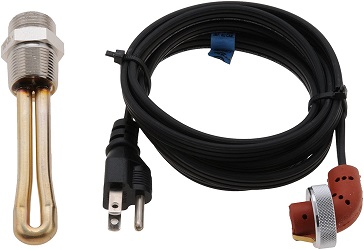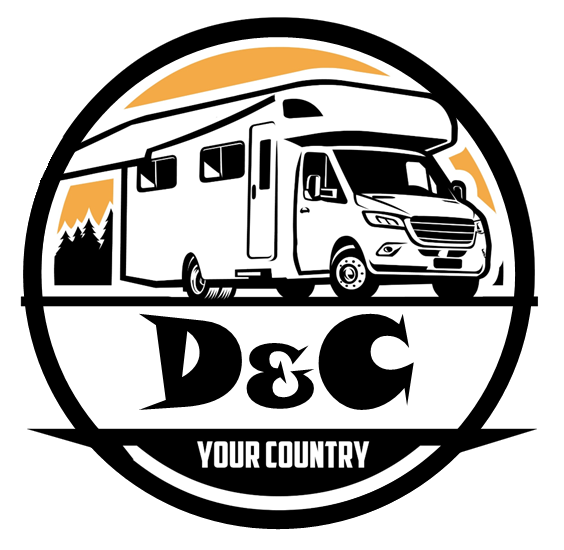![]()
How to Install Engine Block Heater [Instructions]
DISCLAIMER: AS AN AMAZON ASSOCIATE I EARN FROM QUALIFYING PURCHASES. THIS POST CONTAINS AFFILIATE LINKS THAT WILL REWARD ME MONETARILY OR OTHERWISE WHEN YOU USE THEM TO MAKE QUALIFYING PURCHASES. FOR MORE INFORMATION, PLEASE READ MY EARNINGS DISCLAIMER.
|
Installation instructions for a block heater vary depending on the block heater type. It could be as complicated as installing it directly into an engine, or as simple as placing a “blanket” on top of it.
If you live in a cold climate, a block heater for your car is definitely worth considering. Cold temperature can be brutal for cars and humans alike, but we still need to get warmed up and get going. Block heater will increase the temperature under the hood and put your engine in a proper working condition. You will be up and running in no time!
The number one reason for installing a block heater is to decrease the thickness of the oil, which changes its density due to cold weather conditions. It needs to flow through your engine and lubricate its parts in order for your vehicle to work properly and last longer.
If you are cold-starting your car all the time, your car will wear out really quickly and a block heater is a really small price to pay in comparison. Here are more reasons to use the engine heater:
Deciding on the type of block heater to use
With so many options with block engine heaters out there, which one do I go for? The most efficient type of block heater is the one that is installed directly on the engine block and immersed into the coolant, but this type of installation may require to be professionally done (unless you have needed skills and tools).
Here are your engine block heating options:
- Freeze (or frost) plug heater.
- Drain plug heater.
- Cartridge heater.
Other types of engine heaters include:
- In-line heater.
- Oil pan heater.
- The battery-warmer.
- Engine warming blanket.
- Dipstick Heater.
Buying a block heater
You can get a block heater installed at the dealership you bought it from (maybe expensive) or you can buy it at the local parts shop for a fraction of the cost and have your mechanic install it. For self-installation, you will need quite a few tools and some mechanical skills, so before you get started, just make sure you know what you doing.
In cold countries and states, a block heater cord very often comes preinstalled at the factory and all you have to do is plug it in:
You may also want to consider buying a block heater that is actually compatible with your car model. When buying a block heater, consider the following specifications:
- Source of heat. Electricity or fuel (gasoline or diesel).
- Voltage. From 110v /220v – 240V (depending on the country you live in).
- Power Consumption. The power range of your device in watts depends on the heater’s size.
- Working Temperature. Built-in safety feature to prevent overheating.
- Heater design. It needs to fit in your car, so better get the one that is built for your specific model.
- Quality Compliance. Buying cheaper is not always the best value. Good quality companies will have their products tested and certified.
Installing your heater
Professional installation is always a preferred option for installing a block heater and if you want to go for simpler types of engine heaters (that are easier to install), they will be mentioned below.
Here are the steps to installing a block heater:
Freeze/frost plug heaters

This type of block heater installs directly on the engine block (here is a paid Amazon link, in case you want this device). If you could get a professional installation, it would be better, but if this is not an option, I will include some installation instructions and videos for you.
The freeze (or frost) plug installs in place of the engine freeze plugs (round metal cups that are designed to release pressure if water inside is frozen):

This is not an easy one to install, but it’s definitely worth it. Here are some basic installation steps:
- Step #1. Drain the coolant inside the engine and the radiator.
- Step #2. Remove the freeze plug and get it cleaned.
- Step #3. Flush out the radiator and engine block.
- Step #4. Put a small layer of grease on the O-ring and a freeze plug hole.
- Step #5. Install your freeze or frost plug according to the manufacturer’s instructions. Torque it to the right level.
- Step #6. Connect the cord and run it through the engine to the front of the vehicle (with a common exit place usually being a grill or a headlight).
- Step #7. Refill your radiator with coolant and let all the air bubbles settle by running your car long enough with the cabin heat ON. Once the coolant rises and bubbling stops, you can check its level and put the cap back.
- Step #8. Test. Some people recommend testing your heater only after about two weeks of driving.
** Heating plug should be placed in a way where it is not touching any elements inside your engine (refer to the user’s manual) and a cord should be out of the way of moving parts, as well as heat sources, that can damage it.
They say: “It’s better to see once than to hear twice”. So here is how you do it:
This is the most effective block heater, but as you see, the installation process is rather complicated. Feel free to save the infoPin below for your future Reference : ![]()

Drain plug heater

This type of heater gets installed inside the engine’s drain plug and here it is on Amazon (paid link). This is how to install a drain plug heater:
- Step #1. Remove the engine’s drain plug and drain coolant from the engine (you don’t have to drain a radiator).
- Step #2. Install it in the drain plug location by using the seal or Teflon tape.
- Step #3. Torque it, refill it with coolant and check for leaks.
- Step #4. Run the cord exactly the same way as in freeze plug installation.
- Step #5. Run the engine until the coolant is bleeding through and then (after all air bubbles are gone), plug in your electrical cord for testing it out.
Cartridge heater

If your car has special metal housing near the cooler, then this type of block engine heater could be right for you! It is NOT dipped inside the cooling system but warms it up from outside.
This is a quick install and this is how you do it:
Other types of engine heater installations
If you cannot install a block heater right now or just considering other options, here are some good warmers to consider:
In-line heater
This is a little bit outdated type of heater which is generally used if more common block heaters do not fit in your car. It is installed literally “in-line” with your coolant system.
There are two types of in-line heaters:
- Circulating. This one uses a pump to circulate coolant as it gets heated up.
- Non-circulating. This one requires a coolant hose to be split and installed in between.
It is usually installed near the output of the radiator or thermostat and it is designed to warm up your coolant system as it passes through. It installs much easier than a block heater and this is how you do it:
This type of device is very useful for older models, where other heaters are not an option.
Oil pan heater
This type of heater is a silicone (or magnetic) heating pad and it could be put on any metal surface (like an engine) to heat it up. You can consider getting several pads like this for the different areas that need a little warm-up (engine oil pan and engine transmission pan), just make sure you are running a different cord for each of them.

You can use an infrared thermometer to make sure it is working correctly. Here is a visual installation example for you:
** Note! This type of heater is not as effective as an engine coolant heater, but you can have more pads installed and the installation process is much easier.
These heaters are conveniently sold on Amazon (paid link):

 Battery warmer
Battery warmer
Also known as thermal battery wrap, this type of heater installation is even easier than an oil pan heater:
- Step #1. Disconnect your battery. Disconnect the battery and remove it from your car (if installed under the battery).
- Step #2. Install the battery warmer. Place the heater on the battery rack or on top of the battery (read the manufacturer’s instructions).
- Step #3. Put the battery back. Reconnect and put back a battery (if it was removed).
- Step #4. Run the cords. Find the most convenient location for the cords to be hanging out (usually grill or headlamp).
Engine warming blanket
This is the most versatile and popular item for engine warming. This heavy-duty heating blanket goes right under the hood and all you have to do is keep it plugged in all night long in order to get your engine starting very quickly in the morning.
If you don’t want to bother with installation or want to move it from car to car, this could be a great option for you! As a bonus, you could use it on the floor while doing some mechanical work on your car.
Dipstick Heater
This is a real “no brainier” heating solution where you place the heater inside your dipstick opening and warm up your oil from there. NOT as efficient as other types of heaters (oil takes a lot longer to warm up than coolant), but better than nothing.
Hope this helps and your cold winter morning will be more enjoyable! Feel free to check out the map below and schedule your installation:
Attention! This article is for informational purposes ONLY and is NOT a replacement for professional advice! ALWAYS consult your local specialist for an appropriate solution to your problem. All statements, prices, contact information, recommendations, and reviews contained herein came from sources that we believe to be reliable, but the accuracy or completeness thereof is not guaranteed. Please contact the service provider for complete details and updates.



